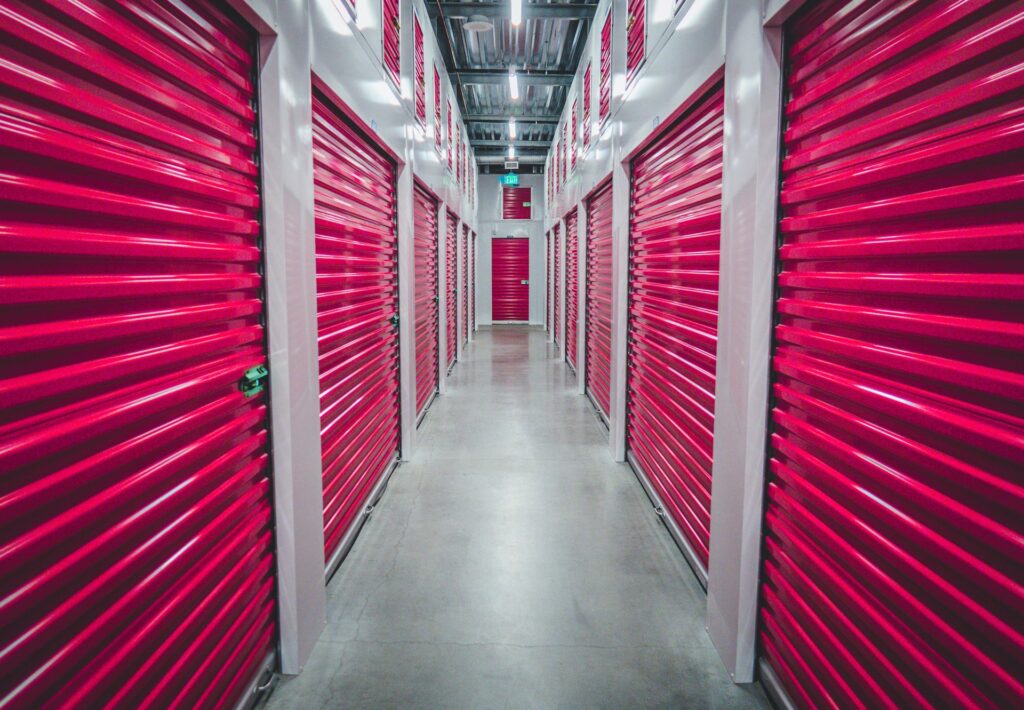
Introduction
In a competitive commercial landscape where the integrity of sensitive assets can define success or failure, businesses are increasingly seeking storage solutions that go beyond simple protection from theft or misplacement. Climate-controlled storage is setting a new standard by offering enhanced safeguards against the damaging effects of fluctuating temperature and humidity. This advanced storage approach is critical for everything from high-value electronics to pharmaceuticals, artwork, and even foods. For companies in hospitality and food services, integrating a climate-controlled food display case is now essential to preserving both product freshness and presentation quality.
Climate control benefits extend beyond perishables, affecting sensitive equipment, archival documents, and manufacturing materials. As businesses digitize and adopt smarter operational models, safe, sustainable storage solutions become a necessity and strategic advantage.
Understanding Climate-Controlled Storage
Climate-controlled storage facilities maintain specific temperature and humidity ranges, typically between 55°F and 85°F, and relative humidity between 30% and 50%. This controlled environment is essential for preserving the quality and lifespan of stored items that can otherwise be damaged by heat, cold, dampness, or dryness. From museum artifacts to retail inventory, businesses of all types have assets that are better protected in these conditions.
Why Businesses Need Climate-Controlled Storage
The shift toward climate-controlled options goes beyond convenience, as it has become fundamental for risk management and compliance for many industries. The self-storage sector reports rapidly accelerating demand for such units as businesses recognize the broad spectrum of valuable goods that require environmental protection, from confidential records to electronic inventory.
Technological Advancements in Climate-Controlled Storage
Modern climate-controlled storage is driven by technology. Internet of Things (IoT) sensors make real-time monitoring and automated adjustments possible, drastically reducing human error while optimizing energy use. Advanced HVAC systems with zoned controls ensure precise conditions across different areas of a facility. At the same time, remote management via connected apps puts power directly in the hands of operators and business owners.
Energy Efficiency and Sustainability
Energy consumption is a common concern for climate-controlled solutions. Still, innovations in green building materials, intelligent thermostats, and efficient lighting are making it easier than ever to run these facilities sustainably. Many providers are now using motion-activated LED lighting, eco-friendly insulation, and smart power management systems that only operate HVAC or refrigeration as needed.
Choosing the Right Climate-Controlled Storage Solution
Selecting an appropriate storage provider involves several considerations. The first step is understanding the specific storage requirements; certain items, like pharmaceuticals, need stricter controls than furniture. In contrast, others, like fine art, may require additional protection against light and airborne particulates. Businesses must also assess their access needs, security provisions, insurance requirements, and the range of available technologies that support ongoing monitoring, with some companies even looking to AI and automation for even deeper operational insights.
- Type of Items: Analyze sensitivity to temperature/humidity variance.
- Duration of Storage: Differentiate between short- and long-term needs.
- Facility Features: Look for robust security, easy access, and reliable tech infrastructure.





